Archives
- 2025-11
- 2025-10
- 2025-09
- 2025-03
- 2025-02
- 2025-01
- 2024-12
- 2024-11
- 2024-10
- 2024-09
- 2024-08
- 2024-07
- 2024-06
- 2024-05
- 2024-04
- 2024-03
- 2024-02
- 2024-01
- 2023-12
- 2023-11
- 2023-10
- 2023-09
- 2023-08
- 2023-06
- 2023-05
- 2023-04
- 2023-03
- 2023-02
- 2023-01
- 2022-12
- 2022-11
- 2022-10
- 2022-09
- 2022-08
- 2022-07
- 2022-06
- 2022-05
- 2022-04
- 2022-03
- 2022-02
- 2022-01
- 2021-12
- 2021-11
- 2021-10
- 2021-09
- 2021-08
- 2021-07
- 2021-06
- 2021-05
- 2021-04
- 2021-03
- 2021-02
- 2021-01
- 2020-12
- 2020-11
- 2020-10
- 2020-09
- 2020-08
- 2020-07
- 2020-06
- 2020-05
- 2020-04
- 2020-03
- 2020-02
- 2020-01
- 2019-12
- 2019-11
- 2019-10
- 2019-09
- 2019-08
- 2019-07
- 2019-06
- 2018-07
-
br ABCA and cancer drug response
2024-12-25
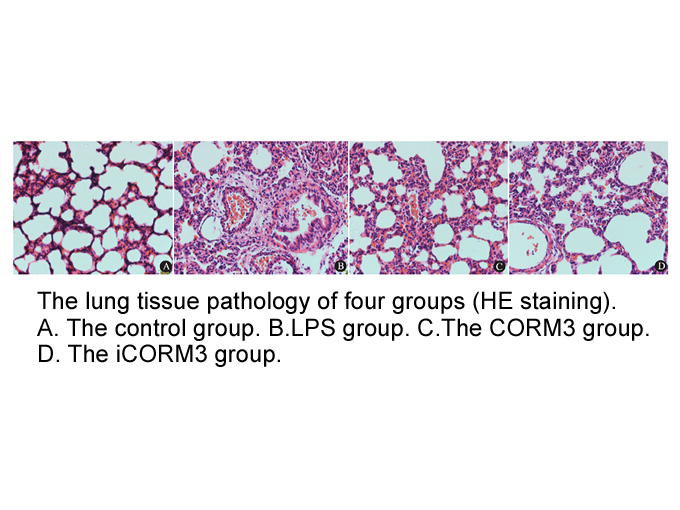
ABCA2 and cancer drug response Overall, the expression of ABC transporters has been linked with multidrug resistance phenotypes through the efflux of drugs via ATP-dependent transport. For example, 13 distinct transporters (ABCA2, ABCB1, ABCB4, ABCB11, ABCC1–6 ABCC10, ABCC11 and ABCG2) have been
-
NLX a k a F or befiradol
2024-12-25
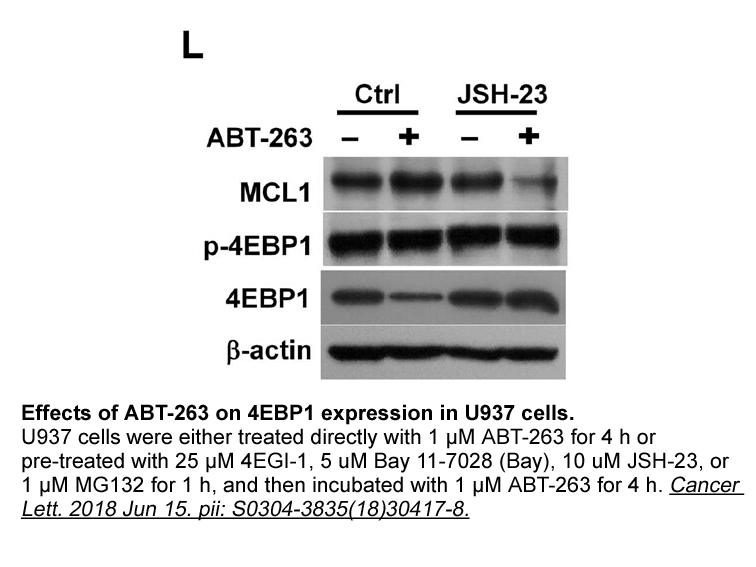
NLX-112 (a.k.a. F13640 or befiradol), exhibits nanomolar affinity at 5-HT1A receptors, and, in motilin receptor to the 5-HT1A receptor agonists listed above, it presents exceptional selectivity and high efficacy at these receptors (Colpaert et al., 2002, Newman-Tancredi et al., 2017). Additionally,
-
br Co http www apexbt com media
2024-12-25
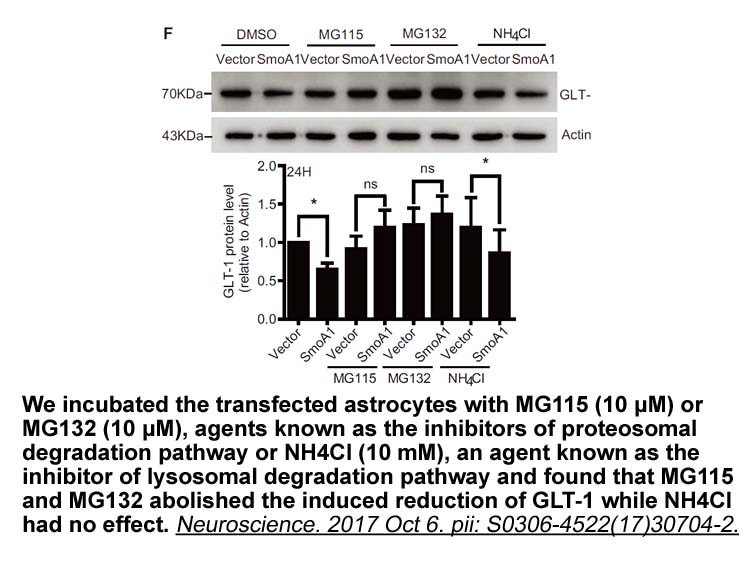
Conclusions This paper is the first meta-analysis about the association between SRD5A2 V89L polymorphism and hypospadias risk. The results of this meta-analysis have revealed that V89L polymorphism definitely increases the risk of hypospadias, and the C allele is a genetic risk factor for hypospa
-
520 3 To identify the kinase s mediating H S phosphorylation
2024-12-25
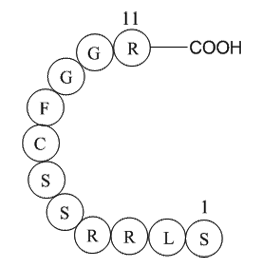
To identify the kinase(s) mediating H3.3S31 phosphorylation, we devised a 96-well-plate-compatible immunostaining assay, with 520 3 specific for H3.3S31ph, and utilized it to screen both a Qiagen siRNA library covering 720 human kinases and a kinase inhibitor library (Selleck) containing 194 compou
-
Introduction Apoptosis signal regulating kinase
2024-12-24
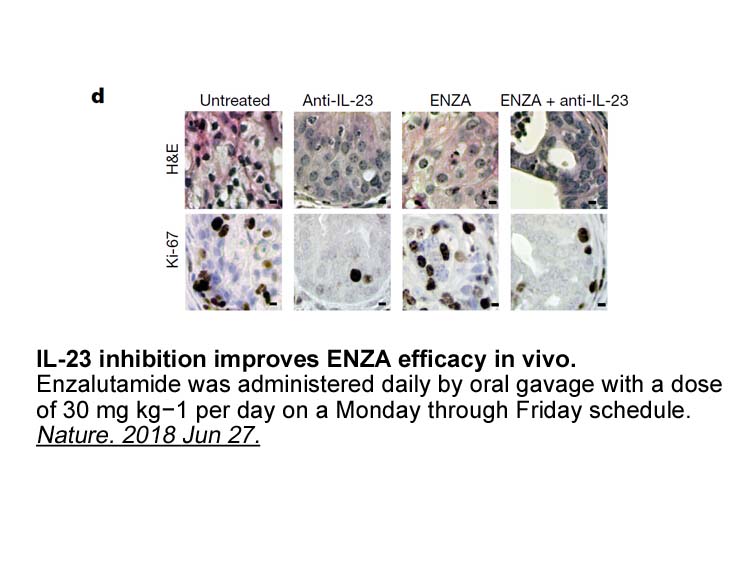
Introduction Apoptosis signal-regulating kinase 1 (ASK1), a family member of the mitogen-activated protein (MAP) kinase kinase kinase (MAP3K) family, selectively activates the JNK and p38 MAP kinase pathways in response to various types of stresses, including oxidative stress, and subsequently indu
-
br Discussion Arginase and Arginase are homologous
2024-12-24

Discussion Arginase 1 and Arginase 2 are homologous enzymes that consume l-arginine to produce l-ornithine and urea [14], [15]. These enzymes compete with NO synthases for the same substrate [14], [15], [30], and therefore may reduce NO production [21], [24], [30]. The colocalization of arginases
-
br Material and methods br Results br
2024-12-24
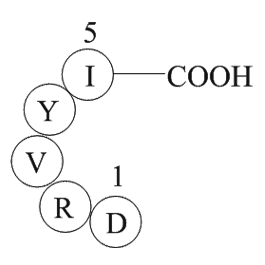
Material and methods Results Discussion Didox was originally created asa cytostatic drug to inhibit cancer cell proliferation by antagonizing RNR [11]. When used to target highly proliferative cells, Didox has extensive activity in vitro and in vivo. It has also been employed in clinical st
-
br Materials and methods br Results
2024-12-24

Materials and methods Results Discussion We demonstrate reduced angiogenic activity in NDRG1 overexpressing malignant glioma leading to reduced glioma growth. This antiangiogenic phenotype is paralleled by a significant upregulation of the antiangiogenic gene TNFSF15. TNFSF15 upregulation i
-
Androgen receptor translocates from the
2024-12-24

Androgen receptor translocates from the cytoplasm to the nucleus after binding to its ligands (Quigley et al., 1995). In the current study, although propofol did not significantly affect total androgen receptor protein levels, it significantly decreased nuclear androgen receptor levels. These findin
-
Interestingly ZIP expression was decreased in dog testes aft
2024-12-24

Interestingly, ZIP9 expression was decreased in dog testes after they were implanted with gonadotropin releasing hormone (GnRH) which the authors proposed was due to androgen ablation (Bulldan et al., 2016a). The expression of other members of the ZIP (SLC39A) family has also been shown to be regula
-
br Conflict of interest statement
2024-12-24
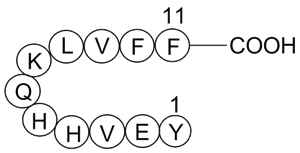
Conflict of interest statement Introduction Tanshinone IIA (Tan IIA) is a major active component of Salvia miltiorrhiza (S. miltiorrhiza), a well-known Chinese traditional medicine that is used for the treatment of cardiovascular and cerebrovascular diseases [1]. Tan IIA exhibits diverse pharm
-
Treatment of RAW cells with AP exosomes
2024-12-24
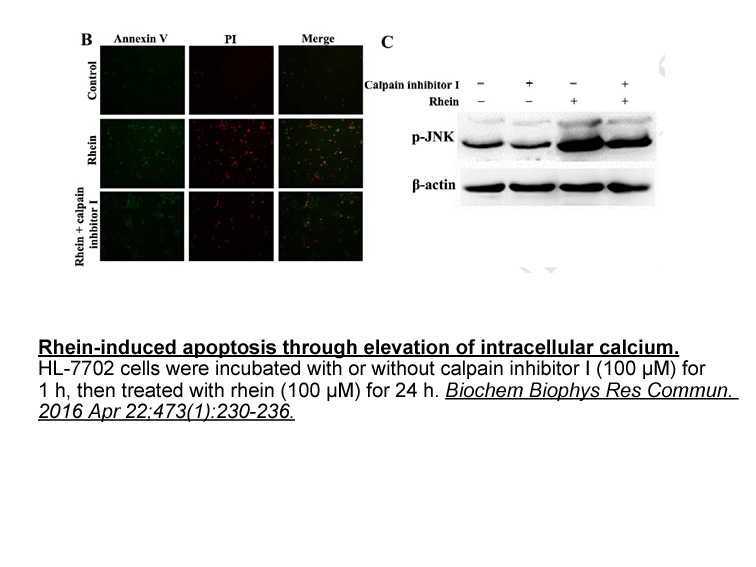
Treatment of RAW264.7 dutp with AP(+)-exosomes caused an increase in their phagocytic activity. In the presence of amastatin, phagocytic activity was not completely suppressed, suggesting that at least two components were responsible for the activity; one of which is aminopeptidase(s). When the act
-
Interest in natural products has led to the study of
2024-12-24
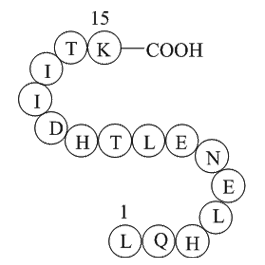
Interest in natural products has led to the study of plant extracts as sources of ARIs. However, chemical complexity of natural extracts makes the identification of ARIs challenging and time-consuming. Identification of bioactive compounds with the desired biological effect from natural products, co
-
br Liver specific AHR deficiency and energy balance In contr
2024-12-24
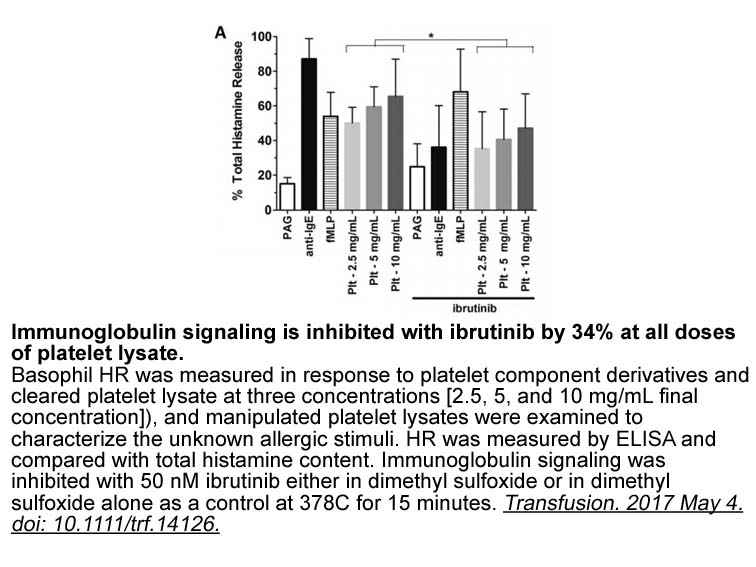
Liver-specific AHR deficiency and energy balance In contrast to the amelioration of hepatic steatosis by global AHR deficiency, targeted knockout of Ahr in hepatocytes exacerbated it in B6 mice fed on a high-fat diet, without interfering with body weight gain [21]. This appeared to result from au
-
Pregnane X receptor PXR is a nuclear
2024-12-24
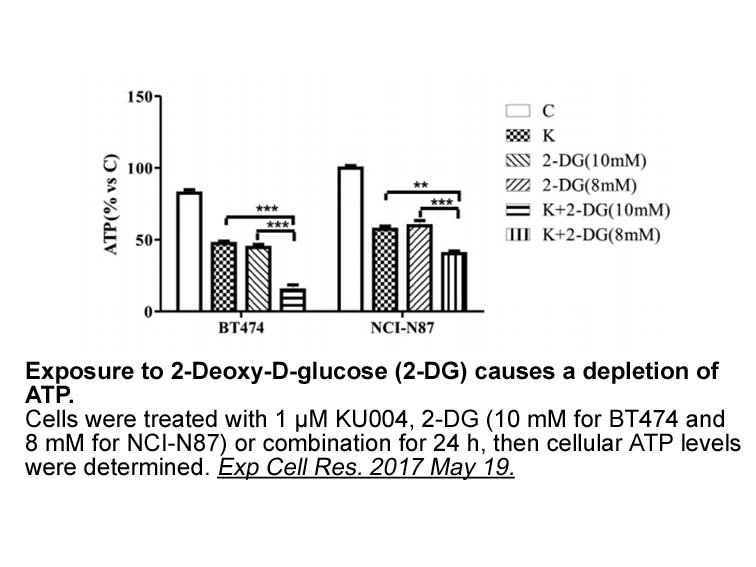
Pregnane X receptor (PXR) is a nuclear receptor that plays an important role in regulation of metabolism and disposition of structurally diverse xenobiotics as well as endogenous steroids and bile acids (Bertilsson et al., 1998, Kliewer et al., 1998, Lehmann et al., 1998). PXR regulates the metaboli
15006 records 36/1001 page Previous Next First page 上5页 3637383940 下5页 Last page